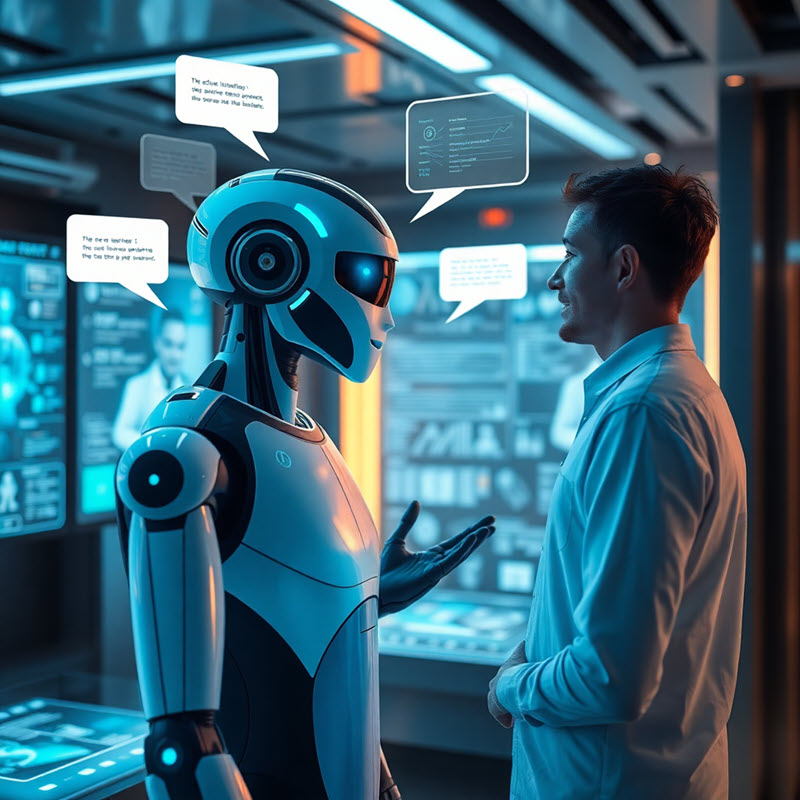
Agent AI in Multimodal Interaction: Transforming Human-Computer Engagement
Last updated: May 18, 2025 Read in fullscreen view
- 01 May 2023
 Understanding Business as Usual (BAU) and How to Transition 22/842
Understanding Business as Usual (BAU) and How to Transition 22/842 - 25 Nov 2025
 How AI Agents Are Redefining Enterprise Automation and Decision-Making 22/36
How AI Agents Are Redefining Enterprise Automation and Decision-Making 22/36 - 05 Oct 2025
 The New Facebook Algorithm: A Paradigm Shift in Content Discovery 19/46
The New Facebook Algorithm: A Paradigm Shift in Content Discovery 19/46 - 01 Jul 2025
 The Hidden Costs of Not Adopting AI Agents: Risk of Falling Behind 17/108
The Hidden Costs of Not Adopting AI Agents: Risk of Falling Behind 17/108 - 07 Nov 2025
 Online vs. Offline Machine Learning Courses in South Africa: Which One Should You Pick? 16/30
Online vs. Offline Machine Learning Courses in South Africa: Which One Should You Pick? 16/30 - 21 Nov 2025
 The Rise of AgentOps: How Enterprises Are Managing and Scaling AI Agents 12/43
The Rise of AgentOps: How Enterprises Are Managing and Scaling AI Agents 12/43 - 03 Nov 2023
 Why Is Billable Viable Product An Alternative To Minimum Viable Product? 12/165
Why Is Billable Viable Product An Alternative To Minimum Viable Product? 12/165 - 06 Nov 2025
 Top 10 AI Development Companies in the USA to Watch in 2026 10/36
Top 10 AI Development Companies in the USA to Watch in 2026 10/36 - 18 Jul 2024
 The 8 Best ways to Innovate your SAAS Business Model in 2024 8/204
The 8 Best ways to Innovate your SAAS Business Model in 2024 8/204 - 30 Jul 2024
 The Future of IT Consulting: Trends and Opportunities 8/131
The Future of IT Consulting: Trends and Opportunities 8/131 - 02 Oct 2022
 The Real Factors Behind Bill Gates’ Success: Luck, Skills, or Connections? 8/300
The Real Factors Behind Bill Gates’ Success: Luck, Skills, or Connections? 8/300 - 27 Jul 2024
 Positive Psychology in the Digital Age: Future Directions and Technologies 6/337
Positive Psychology in the Digital Age: Future Directions and Technologies 6/337 - 11 Oct 2022
 Why choose Billable Viable Product (BVP) over Minimum Viable Product (MVP) 5/315
Why choose Billable Viable Product (BVP) over Minimum Viable Product (MVP) 5/315 - 24 Dec 2024
 Artificial Intelligence and Cybersecurity: Building Trust in EFL Tutoring 5/144
Artificial Intelligence and Cybersecurity: Building Trust in EFL Tutoring 5/144 - 27 Feb 2025
 How AI Agents are Changing Software Development? 3/170
How AI Agents are Changing Software Development? 3/170 - 09 Oct 2024
 Short-Form Video Advertising: The Secret to Captivating Your Audience 3/107
Short-Form Video Advertising: The Secret to Captivating Your Audience 3/107 - 13 Oct 2025
 Dora AI: Turn Prompts Into Pixel-Perfect Websites-No Code, No Limits 3/18
Dora AI: Turn Prompts Into Pixel-Perfect Websites-No Code, No Limits 3/18 - 09 Jul 2024
 What Is Artificial Intelligence and How Is It Used Today? 3/216
What Is Artificial Intelligence and How Is It Used Today? 3/216 - 03 May 2024
 The Iceberg of Ignorance 3/336
The Iceberg of Ignorance 3/336 - 10 Sep 2024
 Leading Remote Teams in Hybrid Work Environments 2/125
Leading Remote Teams in Hybrid Work Environments 2/125 - 18 Aug 2024
 The Future of Web Development: Emerging Trends and Technologies Every Developer Should Know 2/173
The Future of Web Development: Emerging Trends and Technologies Every Developer Should Know 2/173 - 04 Oct 2023
 The Future of Work: Harnessing AI Solutions for Business Growth 2/258
The Future of Work: Harnessing AI Solutions for Business Growth 2/258 - 21 Aug 2024
 What is Singularity and Its Impact on Businesses? 2/324
What is Singularity and Its Impact on Businesses? 2/324 - 10 Jan 2024
 Like for Like – how to preserves existing business and leverage technological advancement 2/336
Like for Like – how to preserves existing business and leverage technological advancement 2/336 - 21 Dec 2023
 Top 12 Low-Code Platforms To Use in 2024 2/1147
Top 12 Low-Code Platforms To Use in 2024 2/1147 - 31 Dec 2022
 The New Normal for Software Development 2/343
The New Normal for Software Development 2/343 - 17 Jun 2021
 What is IT-business alignment? 2/343
What is IT-business alignment? 2/343 - 28 Nov 2025
 How AI Will Transform Vendor Onboarding and Seller Management in 2026 2/19
How AI Will Transform Vendor Onboarding and Seller Management in 2026 2/19 - 05 Jun 2025
 How AI-Driven Computer Vision Is Changing the Face of Retail Analytics 2/77
How AI-Driven Computer Vision Is Changing the Face of Retail Analytics 2/77 - 17 Oct 2025
 MLOps vs AIOps: What’s the Difference and Why It Matters 2/66
MLOps vs AIOps: What’s the Difference and Why It Matters 2/66 - 25 Jan 2025
 The Decline of Traditional SaaS and the Rise of AI-first Applications 2/73
The Decline of Traditional SaaS and the Rise of AI-first Applications 2/73 - 20 Feb 2025
 How Machine Learning is Shaping the Future of Digital Advertising 1/76
How Machine Learning is Shaping the Future of Digital Advertising 1/76 - 06 May 2025
 How Machine Learning Is Transforming Data Analytics Workflows 1/148
How Machine Learning Is Transforming Data Analytics Workflows 1/148 - 20 Aug 2025
 What Is Agentic AI? The Next Phase of Artificial Intelligence 1/96
What Is Agentic AI? The Next Phase of Artificial Intelligence 1/96 - 31 Dec 2022
 Future of Software Development Trends and Predictions for 2023 1/120
Future of Software Development Trends and Predictions for 2023 1/120 - 16 Aug 2022
 What is a Headless CMS? 1/225
What is a Headless CMS? 1/225 - 16 Sep 2022
 Examples Of Augmented Intelligence In Today’s Workplaces Shaping the Business as Usual 1/394
Examples Of Augmented Intelligence In Today’s Workplaces Shaping the Business as Usual 1/394 - 03 Jan 2024
 Why Partnership is important for Growth? 1/145
Why Partnership is important for Growth? 1/145 - 29 Oct 2024
 Top AI Tools and Frameworks You’ll Master in an Artificial Intelligence Course 1/328
Top AI Tools and Frameworks You’ll Master in an Artificial Intelligence Course 1/328 - 22 Nov 2024
 The Role of AI in Enhancing Business Efficiency and Decision-Making 1/154
The Role of AI in Enhancing Business Efficiency and Decision-Making 1/154 - 02 Dec 2024
 The Intersection of AI and Business Analytics: Key Concepts to Master in Your Business Analytics Course 1/252
The Intersection of AI and Business Analytics: Key Concepts to Master in Your Business Analytics Course 1/252 - 05 Aug 2024
 Affordable Tech: How Chatbots Enhance Value in Healthcare Software 1/142
Affordable Tech: How Chatbots Enhance Value in Healthcare Software 1/142 - 25 Sep 2024
 Enhancing Decision-Making Skills with an MBA: Data-Driven Approaches for Business Growth /177
Enhancing Decision-Making Skills with an MBA: Data-Driven Approaches for Business Growth /177 - 10 Sep 2024
 AI in Email Marketing: Personalization and Automation /154
AI in Email Marketing: Personalization and Automation /154 - 05 Oct 2021
 Shiny Object Syndrome: Why Your Business Isn't "Going Digital" /302
Shiny Object Syndrome: Why Your Business Isn't "Going Digital" /302 - 18 Jan 2024
 Self-healing code is the future of software development /200
Self-healing code is the future of software development /200 - 19 Dec 2023
 How AI is Transforming Software Development? /275
How AI is Transforming Software Development? /275 - 15 Apr 2024
 Weights & Biases: The AI Developer Platform /170
Weights & Biases: The AI Developer Platform /170 - 31 Dec 2023
 Software Development Outsourcing Trends to Watch Out for in 2024 /160
Software Development Outsourcing Trends to Watch Out for in 2024 /160 - 27 Aug 2025
 How AI Consulting Is Driving Smarter Diagnostics and Hospital Operations /66
How AI Consulting Is Driving Smarter Diagnostics and Hospital Operations /66 - 15 Aug 2025
 Quantum Technology: Global Challenges and Opportunities for Innovators /56
Quantum Technology: Global Challenges and Opportunities for Innovators /56 - 29 Aug 2025
 How AI Is Transforming Modern Management Science /33
How AI Is Transforming Modern Management Science /33 - 22 Sep 2025
 Why AI Is Critical for Accelerating Drug Discovery in Pharma /53
Why AI Is Critical for Accelerating Drug Discovery in Pharma /53 - 24 Oct 2025
 AI Agents in SaaS Platforms: Automating User Support and Onboarding /51
AI Agents in SaaS Platforms: Automating User Support and Onboarding /51 - 23 Jun 2025
 AI Avatars in the Metaverse: How Digital Beings Are Redefining Identity and Social Interaction /85
AI Avatars in the Metaverse: How Digital Beings Are Redefining Identity and Social Interaction /85 - 10 Nov 2025
 Multi-Modal AI Agents: Merging Voice, Text, and Vision for Better CX /33
Multi-Modal AI Agents: Merging Voice, Text, and Vision for Better CX /33
| About the Author | Anand Subramanian | Technology expert and AI enthusiast |
Anand Subramanian is a technology expert and AI enthusiast currently leading the marketing function at Intellectyx, a Data, Digital, and AI solutions provider with over a decade of experience working with enterprises and government departments. |
Multimodal human-computer interaction can already be experienced through current developments in the technology landscape. Agent AI enables machines to communicate effectively with humans through its combination of advanced language models with sensory technology, which removes communication gaps between humans and machines. These AI agents transcend the limitations of voice and text because they have acquired new capabilities to process visions and understand contexts, which allows them to create smooth interactions with natural responses.
Budgets and purchasing decisions for both businesses and consumers remain unclear after this development. Multimodal AI demonstrates its transformative capabilities through simultaneous processing of images and speech and text together alongside autonomous agents that learn to predict user needs to establish exceptional personal interactions.
The Rise of Multimodal Agent AI
Conventional AI systems operated on basic one-way functionality by using either chatbots for text processing or voice assistants that did not recognize visual indications. Today’s Agent AI systems combine:
- Natural Language Processing (NLP) functions as a system that processes human language both for understanding and generation of natural text.
- Computer Vision—Interpreting images, videos, and real-world environments
- Speech Recognition & Synthesis—Enabling fluid voice conversations
- Sensor Fusion—Integrating data from multiple inputs for smarter decision-making
AI agents acquire stronger processing capabilities because of the combined technological strength, which enables them to evaluate visual elements as well as discuss photography during conversations.
Key Applications of Multimodal Agent AI
Multimodal Agent AI is revolutionizing industries by enabling smarter, more natural human-computer interactions. It allows systems to process various forms of data, such as text, speech, images, and video, simultaneously, creating more efficient and personalized experiences. This is particularly beneficial in sectors like healthcare, retail, education, and customer support. AI Agent Useful Case Study demonstrates how businesses across industries can leverage this technology to transform customer engagement and operational efficiency.
1. Smarter Virtual Assistants
- Multimodal AI has transformed virtual assistant technology by combining text and speech information with images and document analysis and contextual understanding at the same time.
- The combination of AI assistants with doctors creates faster and enhanced results when the assistants evaluate medical images alongside doctors during patient examinations.
- Users uploading pictures allows Retail virtual shopping assistants to suggest similar items which results in an individualized and simple shopping journey.
The assistants now perform proactive collaborations beyond their reactive functions. Businesses looking to enhance user experience through intelligent assistants should hire AI developers skilled in integrating vision, voice, and NLP into unified systems.
2. Autonomous Customer Support
AI agents are evolving beyond scripted responses. Modern multimodal AI systems can:
- Interpret documents like invoices, screenshots, or error logs submitted during a support chat to provide faster, more accurate resolutions.
- Analyze voice tone to detect frustration or confusion and adjust their responses accordingly for better user satisfaction.
- Guide users visually, for example, by using augmented reality (AR) overlays that help customers troubleshoot hardware problems step-by-step.
This makes customer support not only more responsive but deeply personalized and empathetic.
3. Enhanced Human-Robot Collaboration
The binding relationship between artificial intelligence robots enhances production processes across manufacturing, logistics, and agricultural sectors. These robots can:
- These devices accept commands by voice so workers can easily communicate with them during factory operations.
- The system uses real-time vision capabilities to identify surrounding objects as well as people.
- The technology adapts dynamically to complex environments without needing human supervision to move within unstructured conditions.
The combination of multiple modalities provides machines with the capability to operate securely with humans in an efficient manner.
4. Immersive Education & Training
Education is being transformed by multimodal AI tutors that create rich, interactive learning experiences. These systems can:
- Explain complex topics verbally, adjusting the language and tone to the learner’s level.
- Provide visual simulations, bringing abstract concepts to life through animations or AR/VR.
- Deliver immediate feedback on written assignments or spoken language, making learning highly adaptive and effective.
Such tools are ideal for personalized education, corporate training, and lifelong learning programs.
Why Multimodal Agent AI Is a Game-Changer
- More Natural Interactions: Multimodal agents engage with users in a human-like way by combining text, voice, gestures, and visuals.
- Higher Efficiency: By understanding context across different inputs, these agents can reduce repetitive questions and streamline processes.
- Context-Aware Responses: They can tailor replies by analyzing emotions, body language, documents, or screen visuals, leading to smarter decisions.
- Broader Accessibility: Individuals with disabilities benefit greatly from voice-to-text, image-based inputs, and haptic feedback capabilities.
The Future: Where Is This Technology Heading?
- AI systems based on emotional awareness will examine body signals in combination with vocal characteristics and facial behavior to deliver human-like interactions for use across education and mental support together with consumer care.
- Future artificial intelligence agents will establish real-time multilingual translation capabilities which automatically convert meeting dialogue and written communication between any language during collaborative activities.
- Virtual models known as AI “Digital Twins” recreate human beings through programmed algorithms that duplicate behavior and autonomously operate in digital metaverse platforms and enterprise systems for autonomous interaction.
Final Thoughts
Multimodal Agent AI isn’t just an upgrade—it’s a fundamental shift in human-computer interaction. As these systems become more sophisticated, businesses that adopt them early will gain a competitive edge in user experience, automation, and innovation. Partnering with an experienced AI Agent development company can help you unlock these transformative capabilities faster, whether you're building intelligent customer support systems, advanced virtual assistants, or immersive AI-powered training platforms.
Anand Subramanian
Technology expert and AI enthusiast
Anand Subramanian is a technology expert and AI enthusiast currently leading the marketing function at Intellectyx, a Data, Digital, and AI solutions provider with over a decade of experience working with enterprises and government departments.

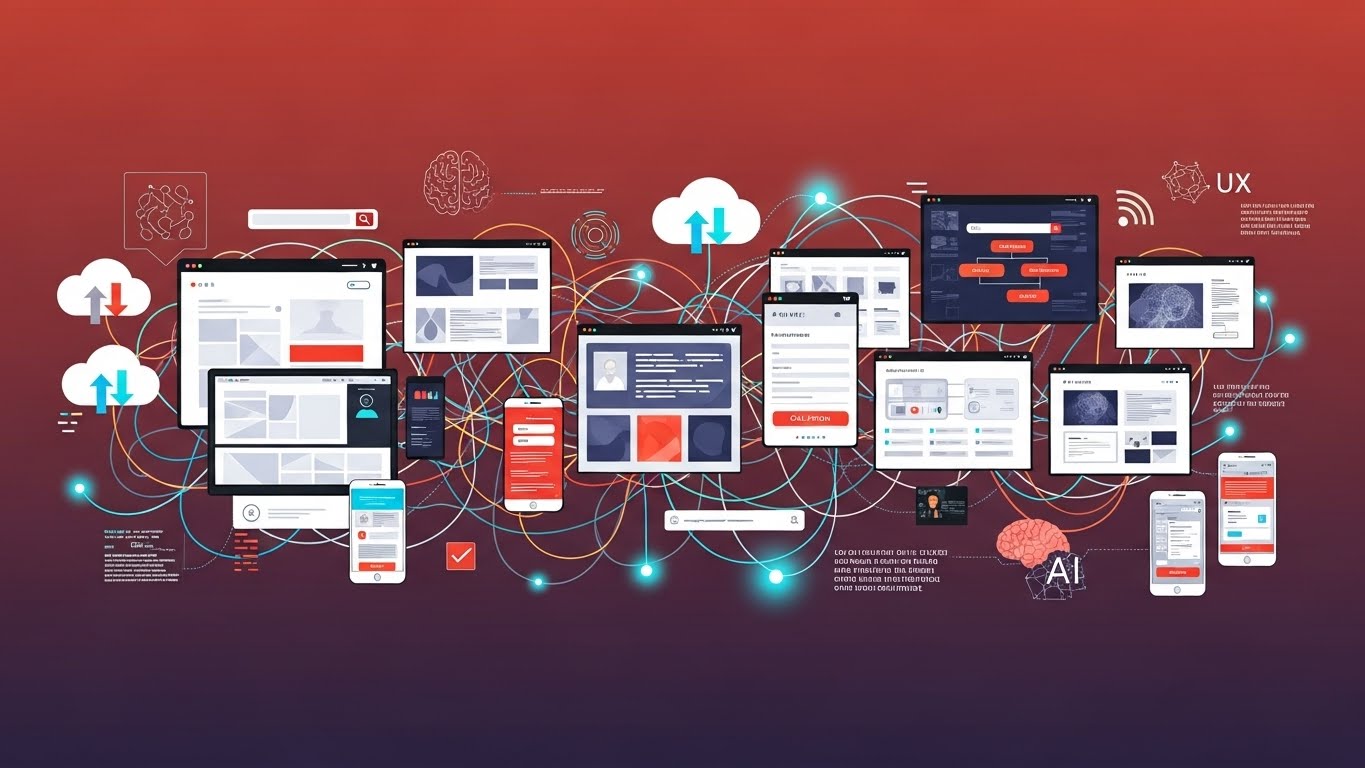
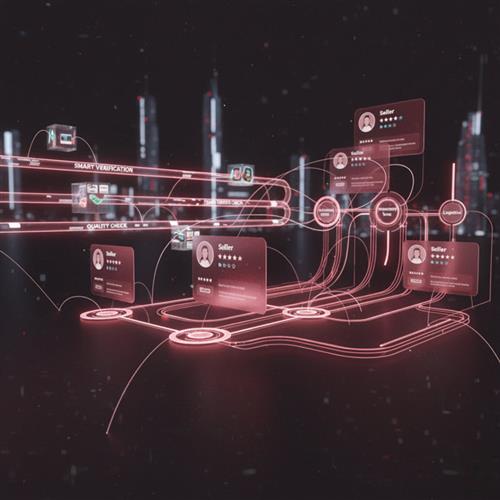
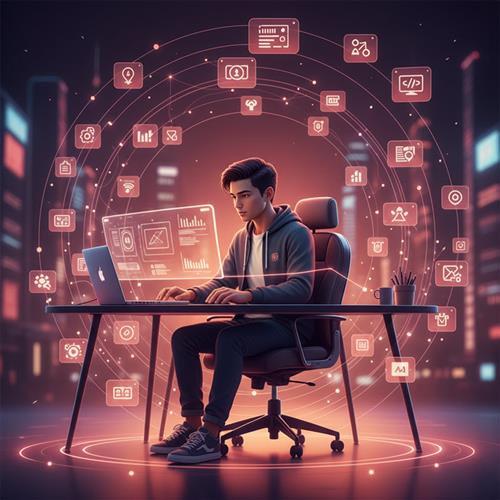



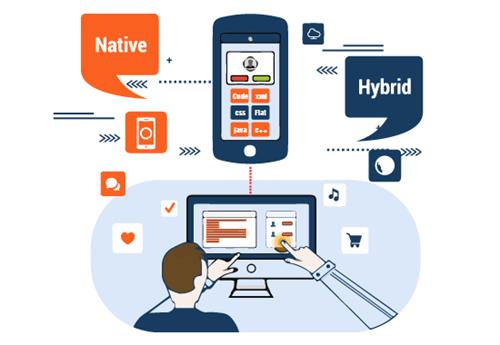


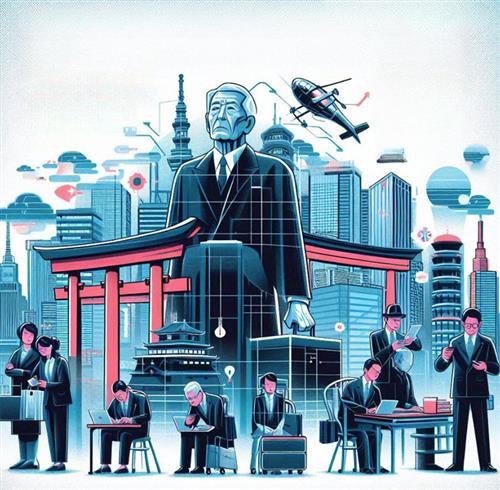

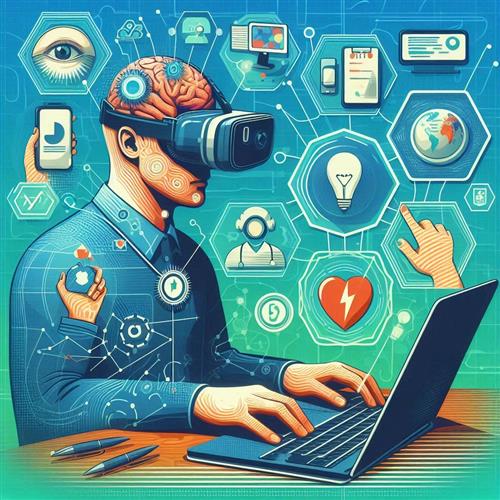

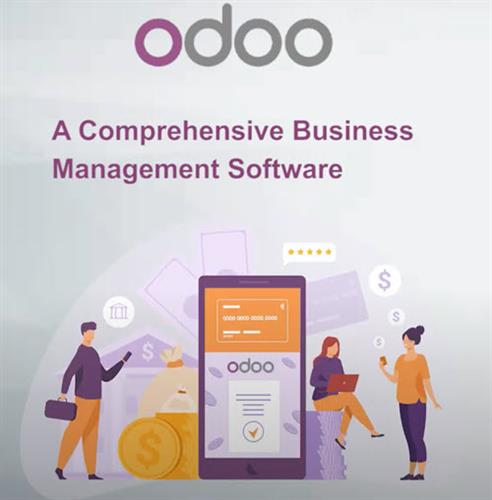

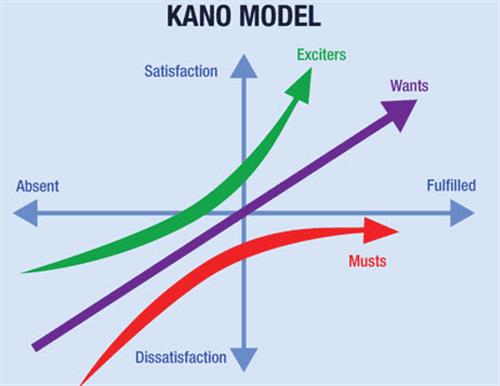
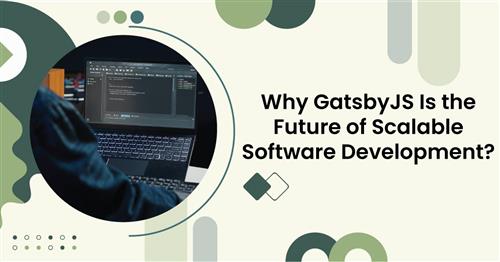
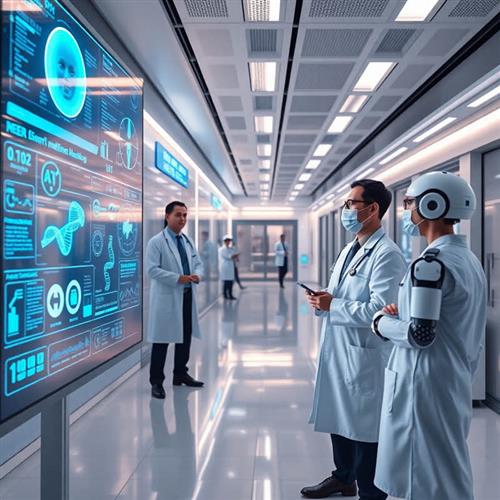

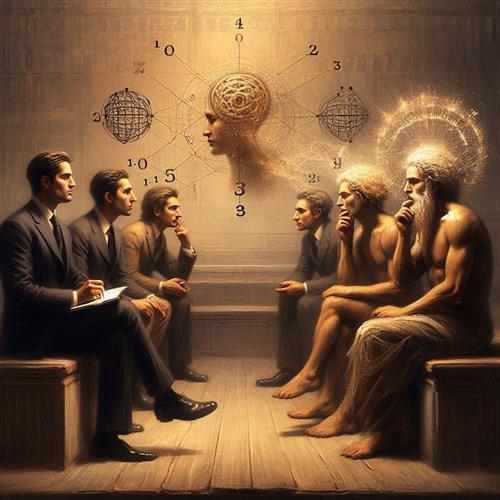
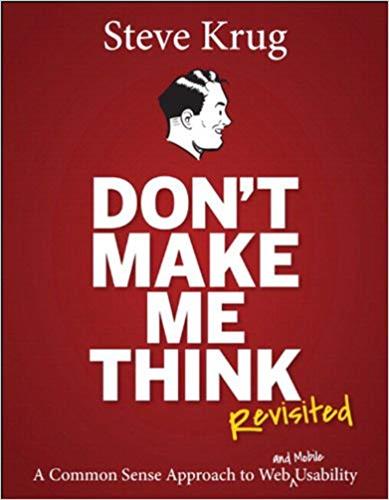
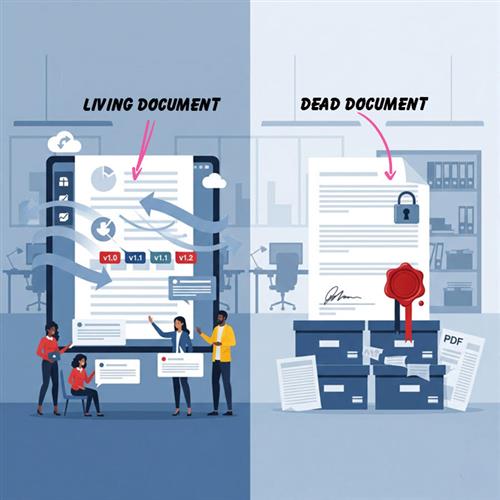











 Link copied!
Link copied!